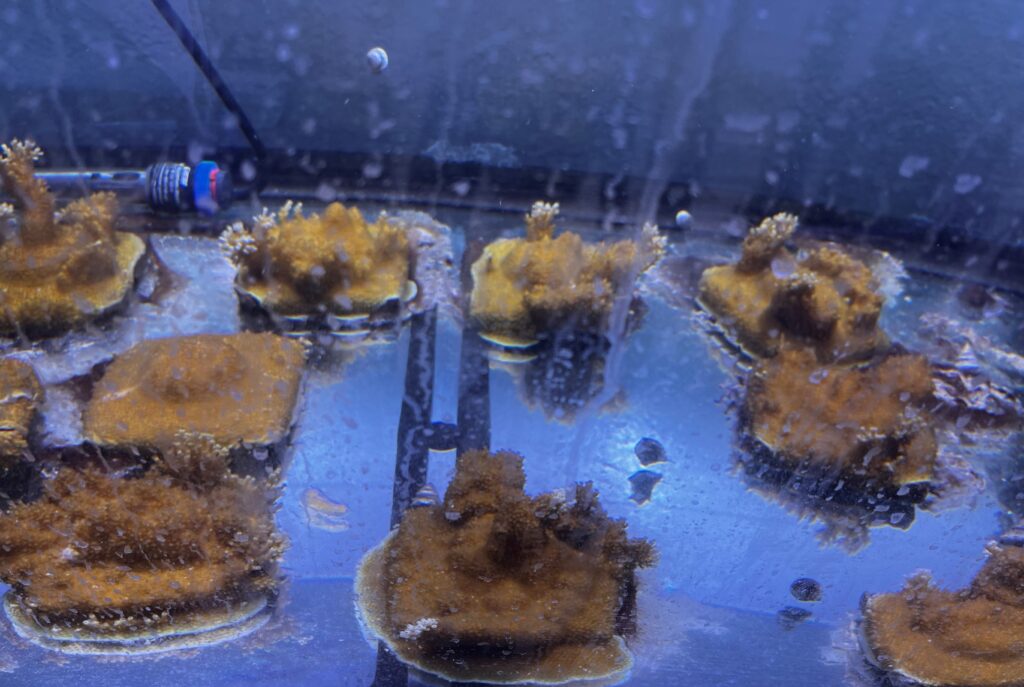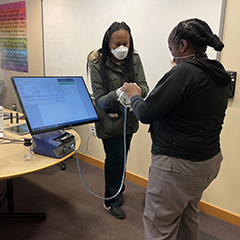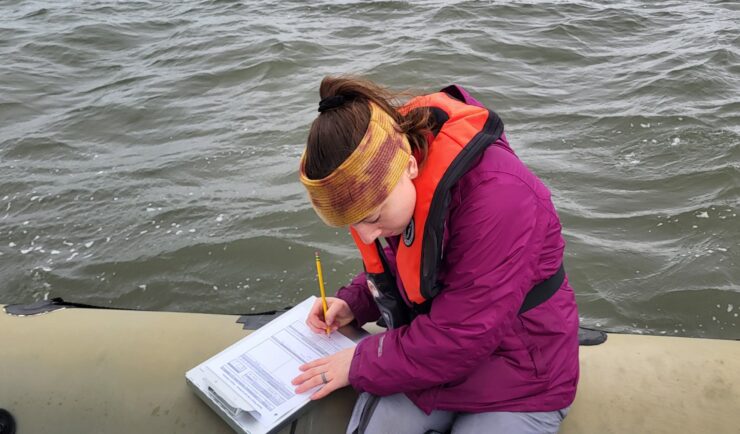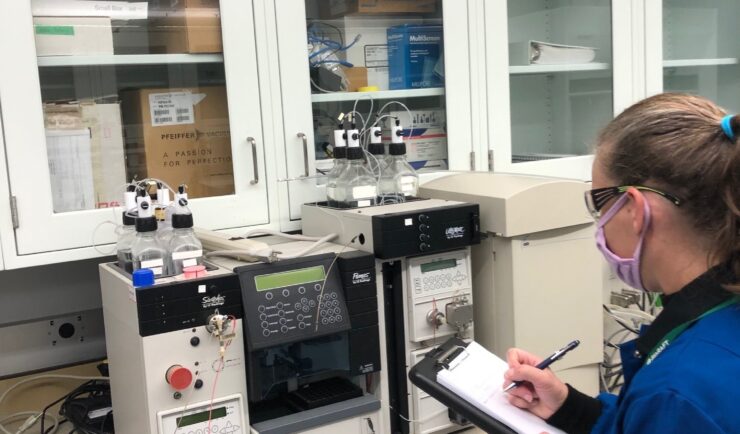- Community Spotlight
- Environmental Resource Assessment & Management
Studying Corals for Future Protection and Restoration

Coral reefs are under threat from warming waters, disease, degraded water quality, and other stressors. Several shallow water coral species are listed as threatened under the Endangered Species Act. Our team of coral scientists on contract with NOAA’s National Centers for Coastal Ocean Science are studying coral reproduction, and genetics, and the environmental factors that affect growth of critical coral colonies. Our employee owners work closely with NOAA federal principle investigators to design and execute experiments, collect and analyze data, and publish reports that aid future studies and inform management decisions for future protection and restoration efforts. Explore the research our staff conduct in an effort to protect coral reefs.
Reproduction
Our coral scientists are part of a team that collected gamete bundles (eggs and sperm) released in the wild during the annual coral spawning event in the Florida Keys. Following this collection the team conducted various reproduction experiments looking at how different toxins introduced into the environment affect reproduction. In addition, CSS scientists are studying reproductive compatibility at the molecular level. For example, they are exploring the role DNA plays in fertilization success. After using many of the gametes and embryos for different experiments on coral reproduction, our team transported some of the larvae to NOAA’s Hollings Marine Lab in Charleston, South Carolina where they were successfully able to grow the larvae into colonies. The scientists will continue to rear these colonies for continued research.
Regeneration
Since coral communities live in the open ocean with waves, currents, storms, and tropical cyclones, they often endure harsh conditions that damage their tissue. Our scientists are investigating the corals’ ability to regenerate tissue and heal wounds under various stressors, including chronic turbidity. Our team prepares samples of coral, trimming fragments to precisely the same size to ensure the experiment is consistent and to minimize the unintended differences between the test fragments. Over the course of three months, the team closely monitors the fragments daily, measuring skeleton deposition and wound healing ability. Each week, the team measures the buoyant weight of the corals, which they will use to calculate skeletal growth of the coral over the course of the experiment.
The team conducts additional observations using macro- and microscopes to capture images and get a closer look at the tissue damage of coral fragments and their ability to regenerate. For this portion of the experiment, the team prepares fragment samples in a fixative so their cells and tissues can be examined under a microscope. These experiments will help determine how turbidity over time affects corals.




See More CSS Insights

Safety Support To First Responders
First responders put their lives on the line to help others, and our team helps safeguard their protection. Our team on contract with the National Institutes of Health (NIH) Respiratory Protection Program works with staff to test respirators and establish secure fits. Similarly, they provide these fit tests for fire department personnel on a regular…

Organizing Teams to Monitor Coastal Contaminants
For nearly 40 years NOAA’s National Mussel Watch Program has been monitoring contaminants in coastal waters in over 400 sites around the U.S. by testing sediment and bivalves, such as oysters and mussels. A CSS employee owner organizes and coordinates the regional missions to collect and test samples. This includes developing a schedule and coordinating…

Supporting Safety In Higher Education Laboratories
In the past two years we’ve expanded our safety portfolio to supporting colleges and universities, ensuring their laboratories meet industrial hygiene and safety standards. Our staff member leading the effort is a Certified Industrial Hygienist (CIH) and Certified Safety Professional (CSP), and member of the Remote Industrial Hygiene and Safety Support Team. Our short-term projects…
